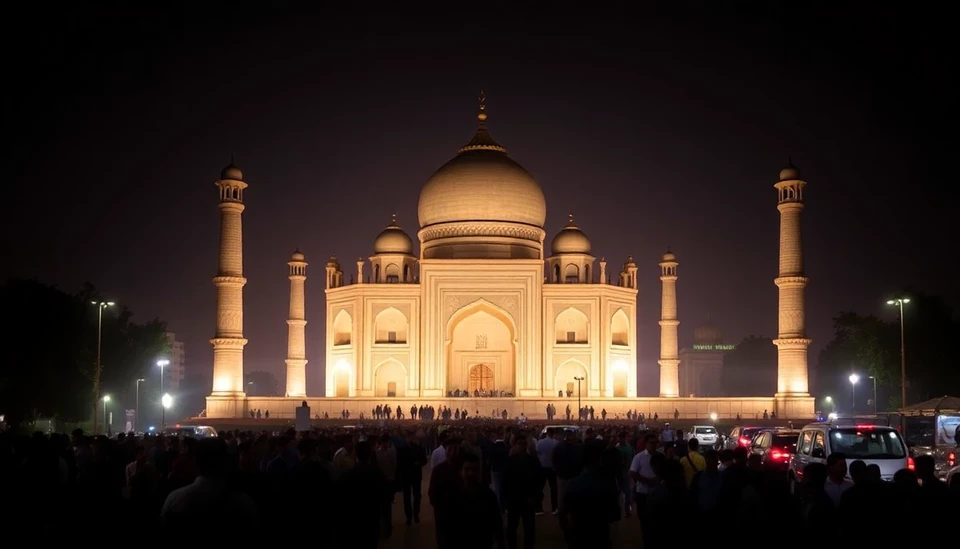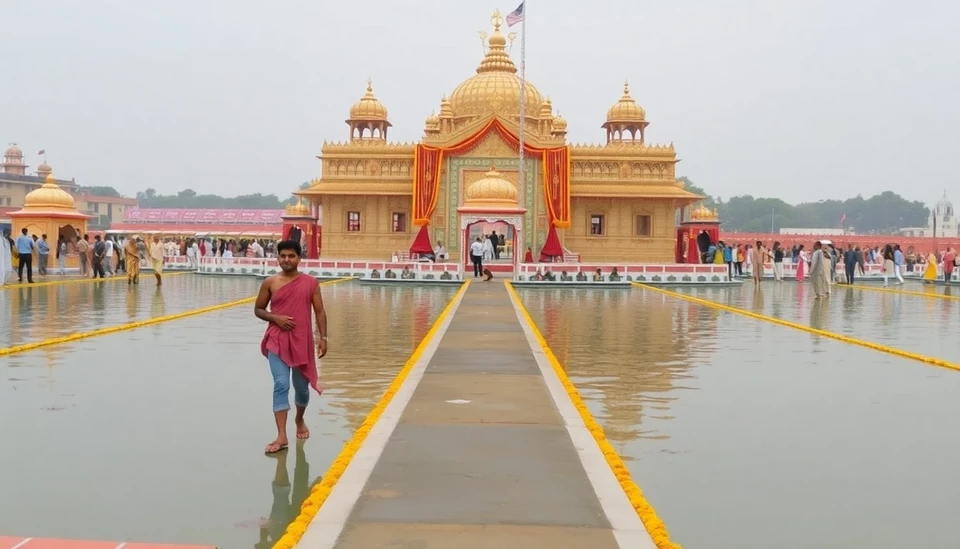
India is currently witnessing one of its largest religious congregations—the Kumbh Mela—drawing millions of devotees from across the nation. This significant event, known not just for its spiritual importance but also for its vast consumer market potential, has attracted the attention of some of the world's biggest brands. With the convergence of spirituality and modern consumerism, companies see this event as a golden opportunity to amplify their reach and connect with consumers in a culturally resonant way.
The Kumbh Mela, celebrated every 12 years at various locations across India, provides an unparalleled platform for brands to showcase their products and services. As millions gather for the spiritual rituals, there is a coalescence of an intense consumer atmosphere, where everything from food to clothing and technology takes center stage. Major brands are setting up stalls and kiosks, showcasing exclusive deals and promotional offers designed to draw in the massive footfall.
In recent iterations of the Kumbh Mela, companies have become increasingly innovative in their marketing strategies. Brands are not only providing their products but are also engaging devotees through immersive experiences. This year, companies have strategically timed the launches of new products to coincide with the pilgrimage, hoping to resonate with the emotional and spiritual undertones of the gathering.
Highlighting the dynamic blend of tradition and modernity, brands are tapping into local artisans and sustainable practices, aligning their messaging with the values of the pilgrims. This strategy aims to foster a sense of community and shared values, engaging the consumers on a more profound level. For instance, some fashion brands are showcasing traditional attire, promoting heritage while simultaneously nudging modern trends.
Despite the essence of the Kumbh Mela rooted in spirituality, the event presents an economic juggernaut. Analysts estimate that the pilgrimage not only boosts local economies but also has an extended ripple effect on various sectors, from hospitality to e-commerce. The surge in consumer spending during such events exemplifies the unique Indian phenomenon where spirituality intertwines with commercial growth.
The local vendors, too, find a unique opportunity cradled within this momentous event, competing alongside global brands. They cater to the grassroots level, offering products that resonate closely with the devotees. From handcrafted items to religious artifacts, these offerings underline the compelling narrative of local versus global in the bustling market landscape of the Kumbh Mela.
As brands increasingly navigate the complexities of consumer behavior during such pivotal moments, it's essential to note the broader implications of this marketing phenomenon. The alignment of commercial activity with religious events raises questions regarding consumer values and the evolving landscape of spiritual branding. The Kumbh Mela effectively becomes a microcosm reflecting the ongoing dialogue between tradition and modern consumerism.
In conclusion, the Kumbh Mela stands as a testament to the intricate relationship between faith and commerce in contemporary India. As corporate brands navigate this vibrant milieu, they not only seek to capitalize on a singular event but also engage with the deeper cultural narratives that resonate with millions. This intersection of spirituality and commercial strategy invites a reflection on how consumerism shapes, and is shaped by, the values of society.
#KumbhMela #Consumerism #Marketing #India #Spirituality #Pilgrimage #Brands
Author: John Harris
